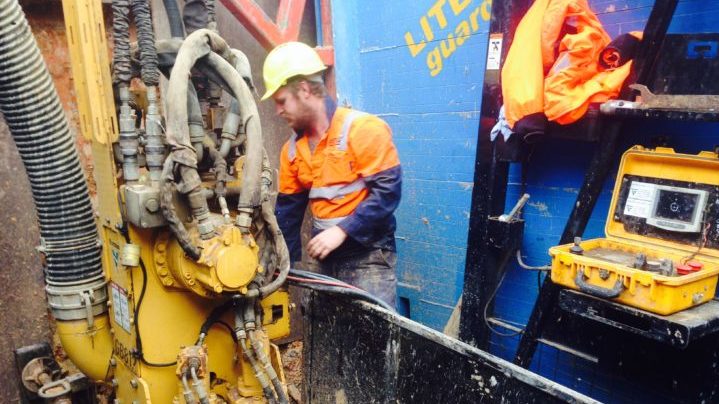Microtunnelling projects are frequently complicated. No matter how much you, or the project owner, think you know about a job site, there is always a chance of running into unexpected ground conditions or foreign objects may lie hidden underground.
A microtunnelling subcontractor must be prepared to deal with unforeseen circumstances and have a backup plan if things go wrong. Quitting when things get tough is not an option for anyone who intends to remain in this field for long.
Thankfully, there are a number of steps that microtunnelling subcontractors can take to ensure that, regardless of unforeseen circumstances, they go about their work as effectively, efficiently and professionally as possible.
The devil’s in the details
As a microtunnelling subcontractor, you should always make sure that you are protected in your contracts, particularly for costs incurred by changing ground conditions. The last thing you want is to have to cover all the costs when what appears to be a relatively simple job turns out to be much more complicated. Build flexibility in your contracts to take these possibilities into account.
The benefits of sharing
The relationship between project owner, head contractor and subcontractor should be one of collaboration. All parties should play a role in sharing both the risks and rewards of undertaking a project.
Ideally, sharing the risk appropriately should be discussed before work begins and incorporated into the appropriate contracts. This prevents the lengthy negotiations and disputes that can occur if such considerations are left until something goes wrong. A small amount of extra preparation can save large amounts of time and money later on, as well as keeping relationships intact.
Getting on with the job
All parties should aim to minimise down time when things go wrong. By making sure that the possibility of unforeseen complications is taken into account before the job begins, you can get back on the job as quickly as possible and focus your time and energy on meeting the site’s challenges, getting the job done and keeping the overall project on track.
An effective microtunnelling subcontractor is one who is aware of the possible complications they may face on the job and takes appropriate precautions to deal with them. Such a contractor is easier to work with and more likely to be called upon again for further projects or recommended to others.

